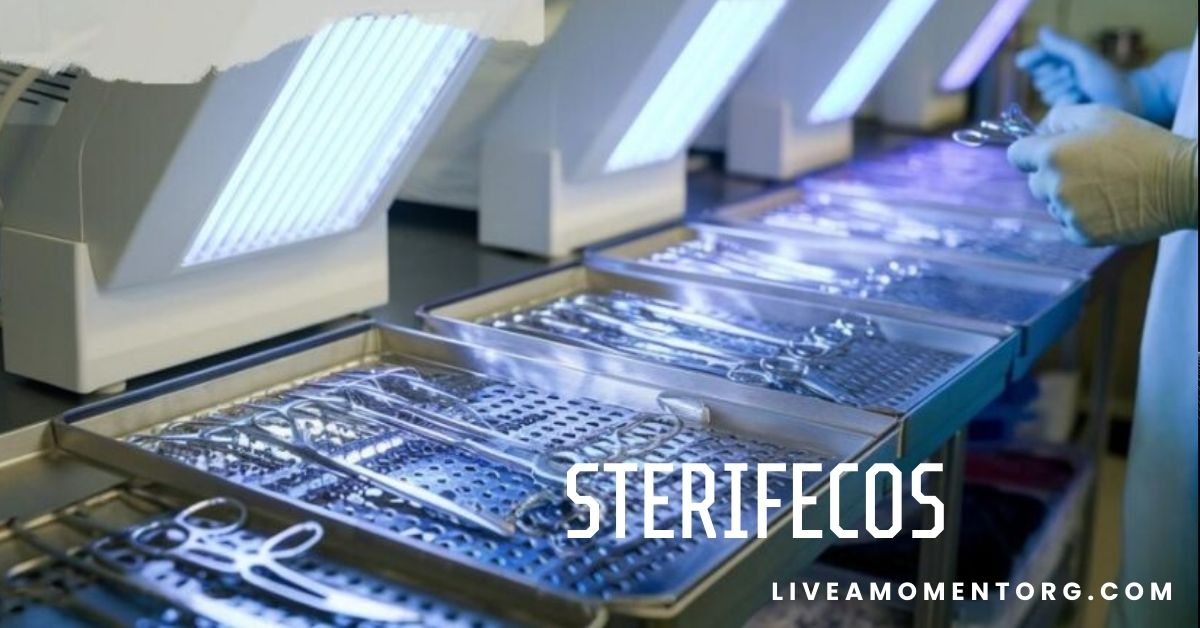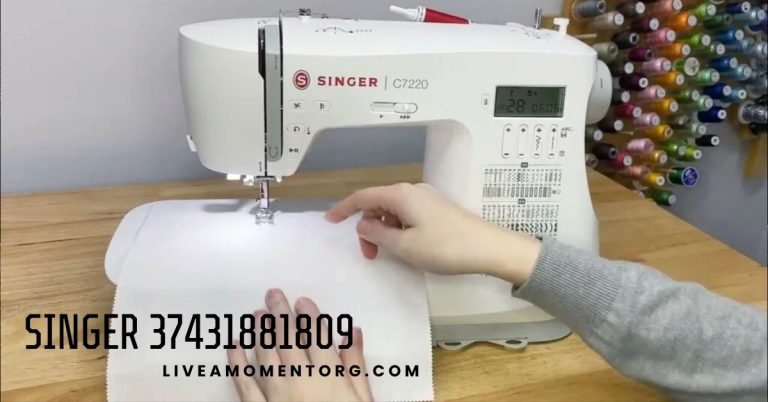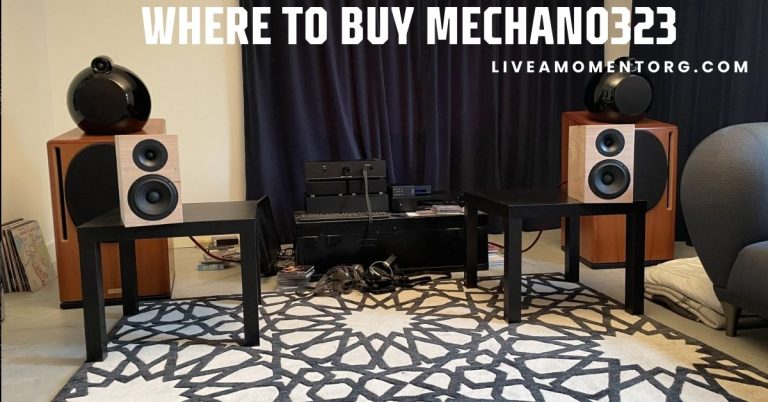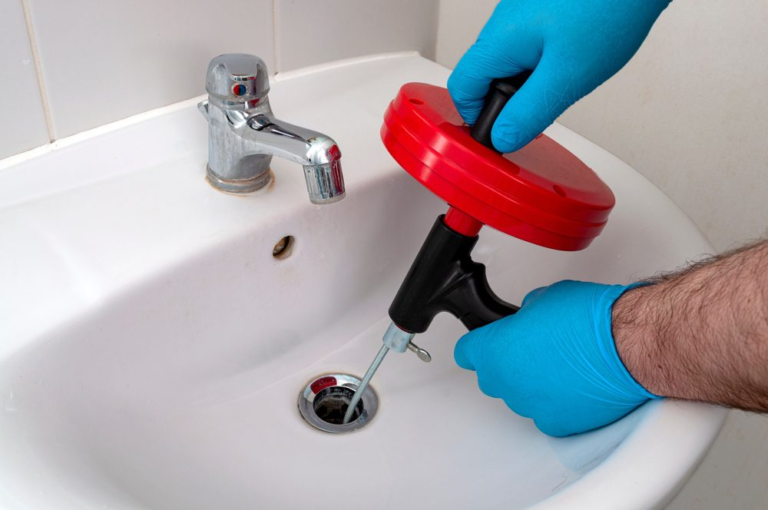Sterifecos: Revolutionizing Sanitation and Safety in the Modern World
In today’s world, where cleanliness and safety are paramount, a groundbreaking technology has emerged to transform the way we approach sanitation. Enter Sterifecos, an innovative solution that’s changing the game across various industries, particularly in healthcare. This comprehensive guide will explore the ins and outs of Sterifecos, its applications, benefits, and the impact it’s having on our daily lives.
What is Sterifecos?
Sterifecos is a cutting-edge sanitation technology that combines advanced cleaning methods with state-of-the-art disinfection techniques. This revolutionary system ensures the highest standards of hygiene and safety in various settings, from hospitals and clinics to food processing plants and public spaces.
Key Features of Sterifecos
- Ultra-efficient cleaning and disinfection
- Environmentally friendly operation
- Customizable for different environments
- User-friendly interface
- Rapid sanitization process
How Sterifecos Works
Sterifecos utilizes a multi-step approach to achieve unparalleled cleanliness:
- Surface Preparation: The system first prepares surfaces for deep cleaning.
- Advanced Cleaning: Using eco-friendly cleaning agents, Sterifecos thoroughly cleans all surfaces.
- Disinfection: A powerful yet safe disinfection process eliminates harmful microorganisms.
- Air Purification: The surrounding air is purified to prevent recontamination.
- Quality Check: Built-in sensors ensure the cleaning process meets the highest standards.
Applications of Sterifecos
Healthcare Settings
In hospitals and clinics, Sterifecos plays a crucial role in maintaining a sterile environment. It’s used in:
- Operating rooms
- Intensive care units
- Emergency departments
- Patient rooms
- Medical equipment sterilization
Food Industry
Sterifecos has found wide application in the food industry, ensuring food safety at every step:
- Food processing plants
- Commercial kitchens
- Restaurants
- Food storage facilities
Public Spaces
With increasing concern for public health, Sterifecos is being adopted in various public areas:
- Schools and universities
- Shopping malls
- Airports and train stations
- Gyms and fitness centers
Home Use
Recognizing the need for advanced sanitation at home, Sterifecos has developed residential models for:
- Kitchen and bathroom sanitation
- Home medical equipment cleaning
- General household disinfection
Benefits of Sterifecos
Improved Health Outcomes
By providing a more thorough and consistent cleaning process, Sterifecos significantly reduces the risk of infections and disease transmission. This is particularly crucial in healthcare settings, where it can lead to:
- Decreased hospital-acquired infections
- Faster patient recovery times
- Reduced need for antibiotics
Cost-Effectiveness
While the initial investment in Sterifecos technology may seem substantial, it offers long-term cost benefits:
- Reduced labor costs for cleaning staff
- Lower expenses on cleaning supplies
- Decreased healthcare costs due to fewer infections
Environmental Impact
Sterifecos is designed with sustainability in mind:
- Uses eco-friendly cleaning agents
- Reduces water consumption
- Minimizes chemical waste
Time Efficiency
The Sterifecos system completes the sanitization process much faster than traditional methods:
- Quicker turnaround times for hospital rooms
- Reduced downtime in food processing plants
- More efficient cleaning of public spaces
The Science Behind Sterifecos
Sterifecos combines several advanced technologies to achieve its impressive results:
UV-C Light Technology
Ultraviolet-C light is a key component of the Sterifecos system. This short-wavelength light effectively destroys the DNA of microorganisms, rendering them harmless.
Advanced Filtration Systems
High-efficiency particulate air (HEPA) filters and activated carbon filters work together to remove airborne contaminants, ensuring a thoroughly clean environment.
Electrostatic Spraying
This technology allows disinfectants to wrap around surfaces, providing complete coverage even in hard-to-reach areas.
IoT Integration
Internet of Things (IoT) technology enables remote monitoring and control of Sterifecos systems, ensuring optimal performance and allowing for data-driven improvements.
Sterifecos in Action: Case Studies
St. Mary’s Hospital, Chicago
After implementing Sterifecos in its intensive care unit, St. Mary’s Hospital reported:
- 40% reduction in hospital-acquired infections
- 25% decrease in average patient stay duration
- Improved staff satisfaction and reduced burnout
Fresh Foods Processing Plant, California
A major food processing plant saw significant improvements after adopting Sterifecos:
- 50% reduction in product recalls due to contamination
- 30% increase in production efficiency
- Enhanced reputation for food safety
Sunnyville Elementary School, Florida
The introduction of Sterifecos at Sunnyville Elementary led to:
- 35% decrease in student sick days
- Improved air quality in classrooms
- Higher parent satisfaction ratings
The Future of Sterifecos
As technology continues to advance, so does Sterifecos. Future developments may include:
- Integration with artificial intelligence for predictive cleaning
- Nano-coating technologies for long-lasting protection
- Expansion into new industries and applications
Implementing Sterifecos: A Step-by-Step Guide
- Assessment: Evaluate your specific sanitation needs and challenges.
- Customization: Work with Sterifecos experts to design a tailored solution.
- Installation: Professional technicians set up the Sterifecos system.
- Training: Staff receive comprehensive training on system operation.
- Ongoing Support: Regular maintenance and updates ensure optimal performance.
Comparing Sterifecos to Traditional Cleaning Methods
| Aspect | Sterifecos | Traditional Methods |
| Effectiveness | Eliminates 99.99% of pathogens | Variable effectiveness |
| Time Efficiency | Rapid sanitization process | Time-consuming |
| Consistency | Uniform results every time | Depends on human factor |
| Environmental Impact | Eco-friendly | Often uses harsh chemicals |
| Cost Over Time | Lower long-term costs | Ongoing expenses for supplies and labor |
Addressing Common Concerns About Sterifecos
Safety of UV-C Technology
While UV-C light can be harmful to humans, Sterifecos systems are designed with multiple safety features to prevent exposure:
- Enclosed cleaning chambers
- Automatic shut-off when doors are opened
- Protective gear for operators
Initial Investment Costs
The upfront cost of Sterifecos may seem high, but consider:
- Long-term savings on cleaning supplies and labor
- Improved efficiency and productivity
- Potential reduction in healthcare costs
Training and Adoption
Sterifecos offers comprehensive training programs to ensure smooth adoption:
- On-site training for staff
- User-friendly interfaces
- 24/7 customer support
Sterifecos: A Game-Changer in Public Health
As we face global health challenges, technologies like Sterifecos play a crucial role in maintaining public health:
- Rapid response to disease outbreaks
- Improved sanitation in developing regions
- Enhanced preparedness for future pandemics
Conclusion: The Sterifecos Revolution
Sterifecos has ushered in a new era of cleanliness and safety. By combining cutting-edge technology with a commitment to health and sustainability, it’s transforming the way we approach sanitation across various sectors. As we look to the future, Sterifecos stands at the forefront of innovation, promising a cleaner, safer world for all.
Frequently Asked Questions (FAQs)
What makes Sterifecos different from other cleaning systems?
Sterifecos combines multiple advanced technologies like UV-C light, electrostatic spraying, and IoT integration to provide a more thorough and consistent cleaning process than traditional methods.
Is Sterifecos safe to use around people?
Yes, Sterifecos is designed with multiple safety features to ensure it can be used safely in various environments, including those with human presence.
How long does a Sterifecos cleaning cycle take?
The duration can vary depending on the size of the area and the specific model, but most Sterifecos systems complete a full sanitization cycle in 15-30 minutes.
Can Sterifecos replace manual cleaning entirely?
While Sterifecos significantly reduces the need for manual cleaning, some level of human oversight and occasional manual cleaning may still be necessary for optimal results.
Is Sterifecos environmentally friendly?
Yes, Sterifecos uses eco-friendly cleaning agents and is designed to minimize water and chemical waste, making it a more sustainable option compared to many traditional cleaning methods.
How often should Sterifecos be used?
The frequency of use depends on the specific environment and its sanitization needs. In high-traffic or high-risk areas, it may be used multiple times a day, while in other settings, daily or weekly use may be sufficient.
Can Sterifecos be used in homes?
Yes, Sterifecos offers residential models designed for home use, particularly for sanitizing kitchens, bathrooms, and home medical equipment.
Does Sterifecos require special maintenance?
While Sterifecos systems are designed for easy maintenance, regular check-ups and occasional professional servicing are recommended to ensure optimal performance.
How does Sterifecos compare in cost to traditional cleaning methods?
While the initial investment in Sterifecos may be higher, it often results in long-term cost savings due to reduced labor costs, lower expenses on cleaning supplies, and improved efficiency.
Is Sterifecos effective against all types of pathogens?
Sterifecos is designed to be effective against a wide range of pathogens, including bacteria, viruses, and fungi. However, as with any sanitization method, it’s important to follow proper protocols and guidelines for specific pathogens of concern.







